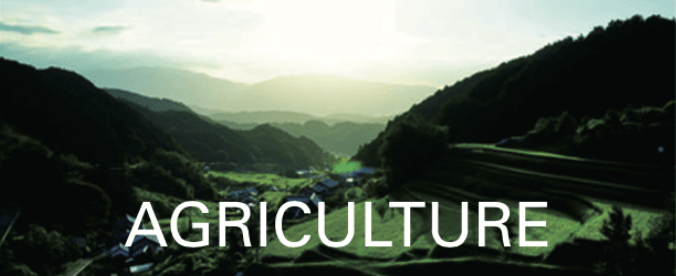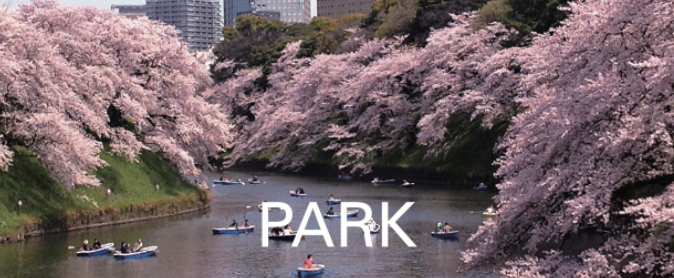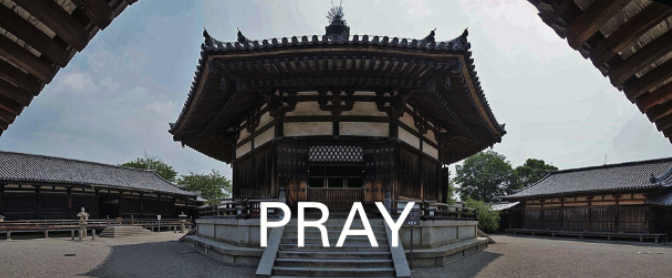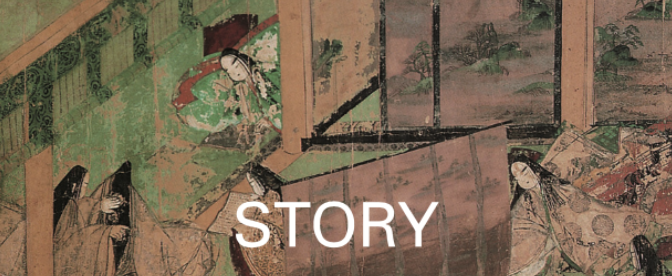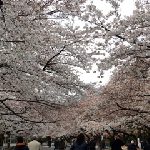
This park was designated as the first park in Japan, along with Shiba, Asakusa, Fukagawa and Asukayama, in 1869 by the notification of Daijokan, the department of State in the Meiji Emperor’s government.
During the Edo period (1603 – 1868), this park was the grounds of Toueizan Kanei-ji Temple. After the Meiji Restoration in 1868, that ground became a government-owned place, and belonged to the Imperial Household Agency.
In 1924 after the Great Kanto Earthquake, the Imperial Household Agency granted this ground to the city of Tokyo. Therefore, this park’s name has the special title, Onshi, Imperial gift.
This park used to be a park centered on the cherry blossoms in the grounds along with Kanei-ji Temple Hall and the Mausoleum, and Toshogu Shrine. It was transformed to the modern culture park by constructing a museum, a zoo, and an art museum.

This Museum is located on the Makinohara Daichi plateau, which is one of Ochadokoro, a tea-growing district in Japan. You can learn about the culture and history of tea while tasting tea from around the world, as well as the local tea.
The Shoin, the drawing room or reception building, the tea-ceremony room, and the garden were restored, which were designed by Kobori Enshu (1579 – 1647), a feudal lord, a master of the tea ceremony, an architect and garden designer. The garden was restored like the east garden of Sento Imperial Palace in Kyoto Imperial Palace, as it was at the time of landscaping. The garden shows well the characteristics of Kirei sabi, rich beauty and refined simplicity by Enshu, which binds rich beauties, using stone lay-outs and combinations.

Takahagi city’s coastline is a scenic spot with two fleets sided by rising sea cliffs, where the blue of the sky and the sea, the green of the pine that covers the sea cliffs, and the white of the beach, all shine. Akahama Beach stretches as far as the bow, and it is ” Tazuna no Hama – beach” which was described in the reminiscent poem of the family in the capital, published in Manyoshu, the 8th century anthology of Japanese poetry.
The Kita-Ibaraki region, where Taga Mountains are located, is considered to be a Province of Taka. The ruins of buildings and villages, such as government offices remain. From here, the Yamato Imperial Court extended to Mutsu Province, the northeast region of Honshu Island, during the Nara period (710 – 794).
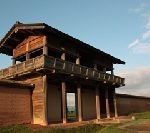
The National Designated Historical Site, Shiwajo Castle is 75ha (120ha at the Heijyou Palace site in Nara and 100ha at the Tagajo castle site in Miyagi). It was the northernmost government in ancient Mutsu domain. Shogun Sakanoue no tamuramaro built it in 803. This park is a restored park based on the results of excavations.
The Korean peninsula was unified by Silla, and the continent China had unified states of the Sakai and the Tang Dynasty. This site is a cultural facility conveys the tension that the Yamato Imperial Court had in promoting the unification of the Japanese archipelago.
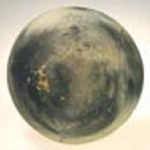
Tagajo City was an advanced area of Tohoku Ironware production in the Tumulus period. The excavated earthenware and stoneware shows that this place was an exchange for goods with the northern province including Hokkaido. The country capital office of Mutsunokuni was established in the later part of the 7th century here, and Tagajo castle was built at the beginning of the 8th century.
At that time, a temple, belonging to the castle, was also built. The 10th-century potteries, with Kannoji temple written in ink, were excavated with a clue to the name of the abandoned temple in Tagajo castle. This pottery seems to have been used as a lantern dish for Buddhist ceremonies.

There used to be “To no Mikado” – government office located far from the capital, in this area, along with the Dazaifu in the Nara period (710 – 794). The name of the government office meant to wish for many good things to come. The outer Tsuiji-bei, the walled area of this government office, was about 900m square, and gates on the south, east and west sides, were opened. The central government office performed ceremonies in the center of the site.
Haiji Site was built as an attached temple, about 1 km southeast of the ruins of the government office. The layout of the complex of temple buildings is similar to the layout of Kanzeonji Temple buildings which was an attached temple of the Dazaifu government office Fukuoka.



